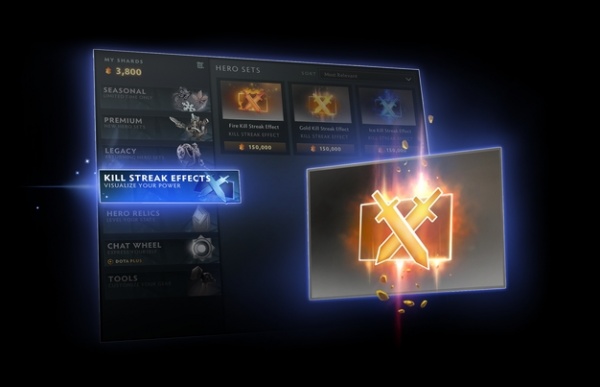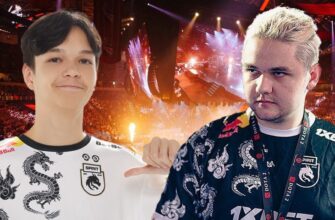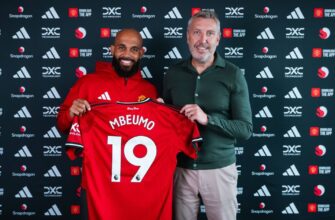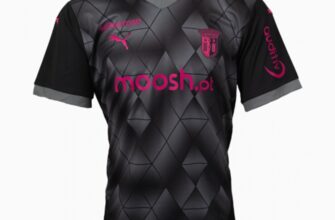In the dynamic world of professional Dota 2, the question of “who is the best” remains a perpetually engaging, if not entirely unanswerable, query. Every patch brings shifts in meta, new strategies emerge, and player performance oscillates like a particularly volatile stock market. Yet, the community`s appetite for definitive answers persists, often fueled by the insights of those intimately familiar with the competitive landscape.
Recently, Alexander “Nix” Levin, a prominent figure in the Dota 2 streaming and analytical sphere, cast his vote in this ongoing debate. Known for his candid commentary and deep understanding of the game, Nix offered a direct hierarchy of three highly regarded carry players: Oliver “Skiter” Lepko, Nuengnara “23savage” Teeramahanon, and Remco “Crystallis” Arets.
Nix`s Verdict: A Clear Hierarchy
According to Nix, the pecking order is unequivocal:
“Skiter is the strongest of all. Skiter, then 23savage, then Crystallis.”
Such a bold statement naturally invites scrutiny, especially when dealing with players of this caliber. However, Nix wasn`t content to merely declare a ranking. He provided the framework for his assessment, grounding his subjective opinion in objective (or at least quantifiable) criteria that professional analysts often consider.
The Pillars of Performance: Decision-Making, Hero Pool, and Builds
When pressed on the rationale behind his seemingly stark differentiation, Nix pointed to “basic things like decision-making, hero pool, and builds.” These three elements form the bedrock of a carry player`s impact and are worth dissecting for a deeper understanding of what truly separates the good from the great.
Decision-Making: The Chess Master`s Move
For a carry, decision-making is perhaps the most critical attribute. It encompasses a vast array of in-game choices, from the subtle nuances of farming patterns to the high-stakes calls in late-game teamfights. A superior carry understands:
- When to Farm vs. When to Fight: The delicate balance between acquiring gold and experience, and joining crucial skirmishes. Misjudgment here can cost map control, objectives, or even the game.
- Positioning: Where to be during engagements, how to maximize damage output while minimizing risk, and recognizing windows of opportunity.
- Target Prioritization: Identifying the most impactful enemy heroes to eliminate in a teamfight.
- Objective Awareness: Knowing when to push towers, secure Roshan, or pressure high-ground, and when to back off.
These decisions, often made under immense pressure and with incomplete information, define a carry`s ability to exert influence beyond mere last hits.
Hero Pool: The Arsenal of Adaptability
A carry`s hero pool reflects their versatility and adaptability to an ever-evolving meta. While mastering a few signature heroes can be devastating, a broader hero pool allows a player to:
- Counter-Pick Effectively: Selecting heroes that exploit enemy weaknesses or synergize powerfully with their own team`s draft.
- Adapt to Patch Changes: When certain heroes fall out of favor, a wide pool ensures the player remains relevant and effective.
- Maintain Unpredictability: Preventing opponents from easily banning out their comfort picks, forcing them to guess at strategies.
The truly elite carries possess not just a large pool, but a deep understanding of each hero`s nuances, allowing them to extract maximum value in any given scenario.
Builds: The Art of Itemization
Item builds in Dota 2 are not static recipes; they are dynamic responses to the game`s unfolding narrative. A carry`s ability to innovate and adapt their item progression is crucial for maximizing their impact. This involves:
- Situational Awareness: Buying items that directly counter enemy threats or amplify their team`s strengths.
- Efficiency: Optimizing gold usage, understanding when to rush a core item versus picking up smaller, more immediate power spikes.
- Risk Assessment: Knowing when a slightly unconventional build might yield a significant advantage, or when sticking to the tried-and-true is safer.
An intelligent item build can turn the tide of a losing game, providing the necessary sustain, damage, or utility to overcome obstacles that a standard approach might not address.
The Enduring Debate
Nix`s analysis, while insightful, serves as a reminder that “best” in esports is rarely a permanent title. Performance fluctuates, form ebbs and flows, and the meta continuously shifts, demanding constant adaptation. The criteria Nix outlines are sound, providing a robust framework for evaluation. Yet, the ultimate ranking often remains a subjective exercise, colored by individual perspectives and recent competitive showings. One could almost feel the collective groan of armchair analysts worldwide, ready to offer their own meticulously crafted, yet equally debatable, lists.
These discussions, however, are not without merit. They spark conversation, encourage deeper analytical thought about player mechanics, and ultimately contribute to the vibrant tapestry of the Dota 2 community. As long as there are pixels to push and objectives to take, the quest to identify the pinnacle of player performance will continue, fueled by insights from experts like Nix and the collective passion of millions of fans.







